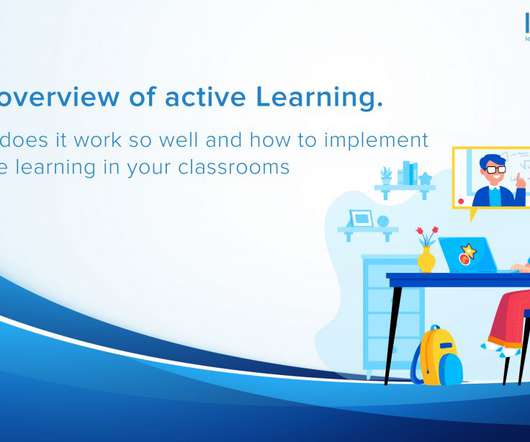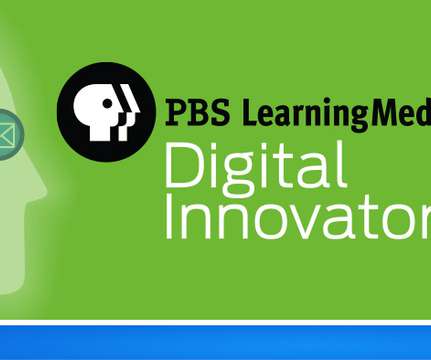Active Learning Strategies for Students
eSchool News
APRIL 5, 2024
Flipped Classroom: In a flipped classroom model, students review instructional materials independently outside of class, such as watching videos or reading texts, and then engage in active learning activities, discussions, or projects during class time. It encourages inquiry, creativity, and independent learning.

















Let's personalize your content